Australia has planned to sentence to death two million feral cats in the country by 2020, a move which has shocked animal lovers worldwide.
It is estimated that there are currently around two to six million feral cats roaming around freely, and this culling will eliminate a large chunk of the local cat population.
The culling, first decided by the Australian government in 2015, has drawn flak from conservationists and animal rights groups alike.
Several online petitions had even emerged protesting the culling, with one garnering more than 30,000 signatures.
Protecting at-risk species
But this seemingly cruel strategy is not without good reason.
Feral cats are one of the biggest threats to Australia's native wildlife.
Although they belong to the same species as pet and stray cats, Felis catus, feral cats hunt to survive.
Since their introduction to Australia as early as the 17th century by European settlers, they have reportedly driven 20 to 30 mammals to extinction, according to the Sydney Morning Herald.
They prey on a wide variety of creatures ranging from larger mammals like wallabies, to small rodents, birds, reptiles and amphibians.
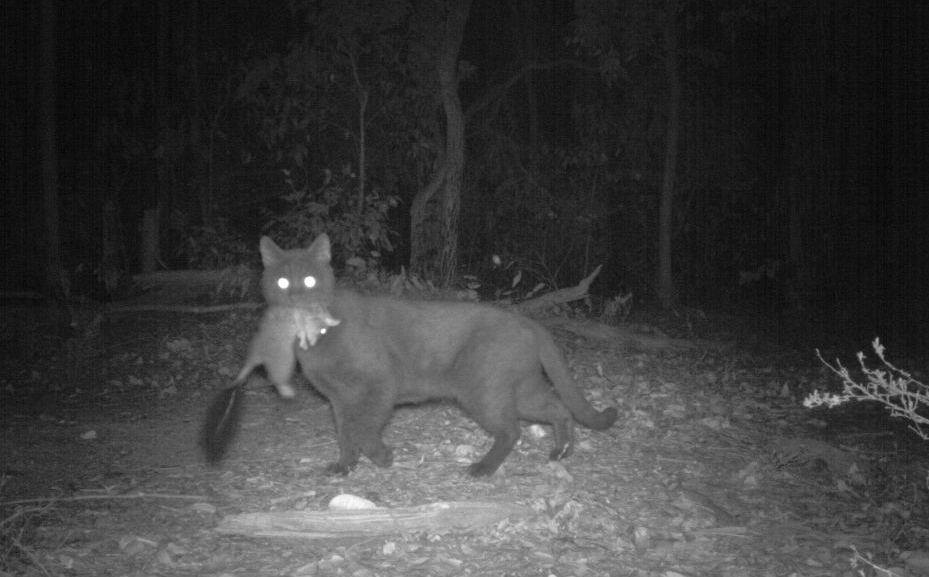 A feral cat with a rare brush‐tailed phascogale in its mouth. Photo from Sporting Shooters Association Of Australia WA Inc., Facebook
A feral cat with a rare brush‐tailed phascogale in its mouth. Photo from Sporting Shooters Association Of Australia WA Inc., Facebook
Feral cats allegedly kill more than 316 million birds every year, and native species account for more than 99 percent of this number.
This is particularly significant, and detrimental, as Australia is an island-nation separated from the rest of the world since 30 million years ago.
This has resulted in the country harbouring large numbers of native endemic species, meaning that these species can be found nowhere else in the world.
Species endangered by feral cats include the bilby, warru (black-footed rock wallaby), brush-tailed rabbit-rat and night parrot.
The former three are classified as vulnerable by the IUCN, and the latter as endangered.
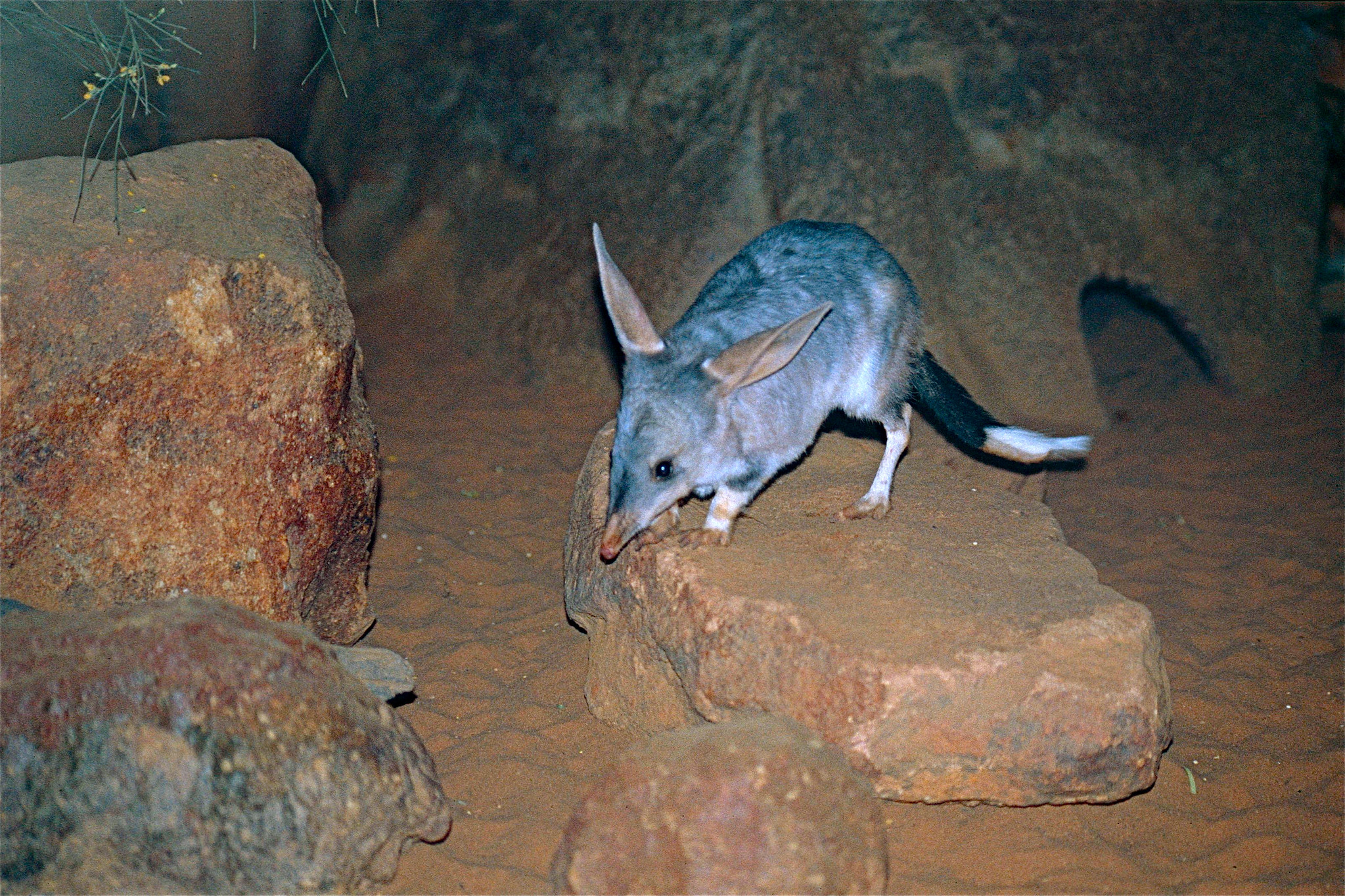 Greater bilby. Photo by Bernard DUPONT, Flickr
Greater bilby. Photo by Bernard DUPONT, Flickr
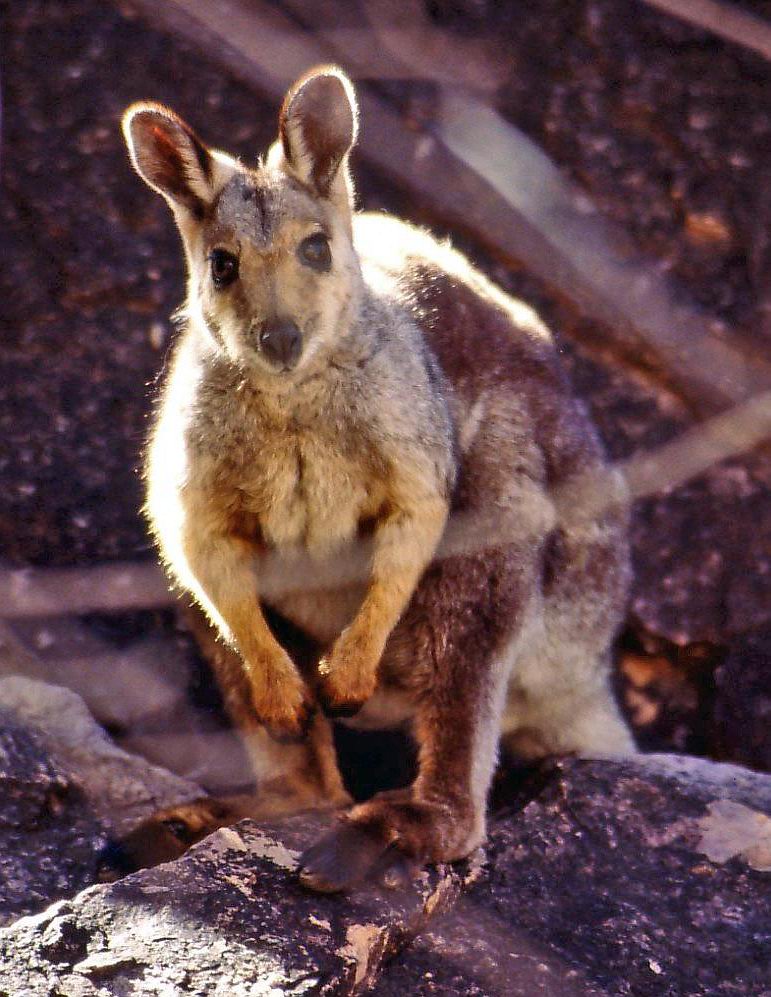 Black-footed rock wallaby. Photo from Wikipedia
Black-footed rock wallaby. Photo from Wikipedia
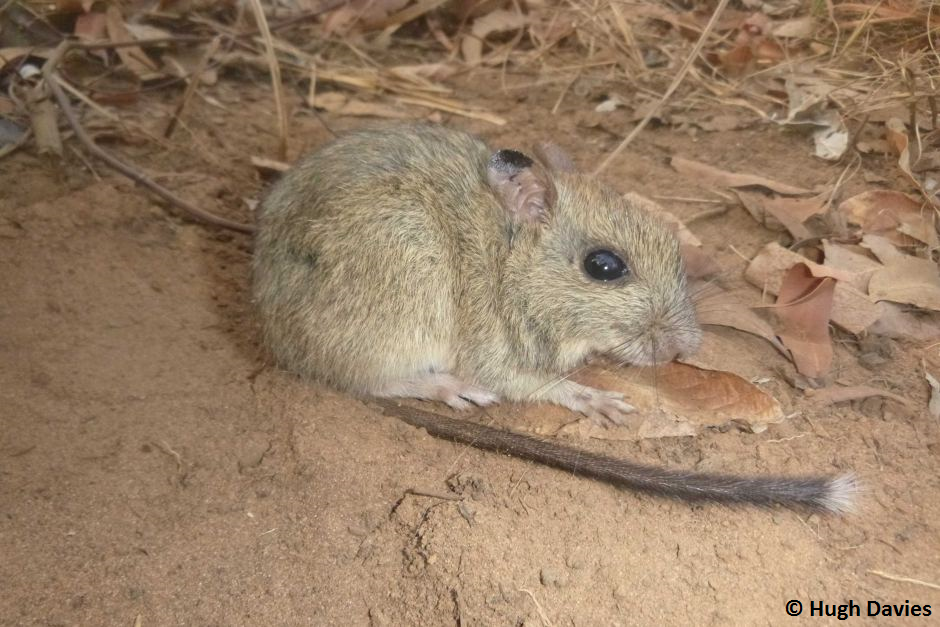 Brush-tailed rabbit-rat. Photo by Hugh Davies via Threatened Species Commissioner
Brush-tailed rabbit-rat. Photo by Hugh Davies via Threatened Species Commissioner
One feral cat, gutted after its death, was found with a 5kg rock-wallaby in its stomach.
Five-year action plan
The culling is part of a five-year action plan announced by the Australian government, called the Threatened Species Strategy.
The two million culling target is just one of several moves to protect native species populations.
Other targets include creating safe havens for at-risk species, improving habitats, as well as improving population trajectories for 20 identified mammal species, 20 bird species, and 30 plant species, by 2020.
The target of two million cats to be culled was allegedly determined following consultations with expert scientists, community groups, and state and territory governments.
Death by poisonous sausage
To cull the cats, the animals will be baited using lethal sausages, airdropped into cat-inhabited areas, according to The New York Times.
The sausages are made from a mixture of kangaroo meat, chicken fat, herbs, spices, and a naturally-occurring poison called 1080, derived from a native Australian plant called Gastrolobium.
Cats allegedly die within 15 minutes of consuming the sausages.
But will existing wildlife in the area succumb to the bait and become collateral damage?
No. The toxin is target-specific, and only introduced mammals like cats, foxes and wild dogs are particularly sensitive to it.
Animal rights group PETA has lambasted the culling method, calling it "horrifically cruel".
However, shooting by farmers or hunters is also being carried out.
While the poisonous sausages have been largely effective, shootings account for 83 percent of feral cat deaths.
Shooters allegedly attempt to shoot the cats "humanely", aiming for immediately fatal shots as much as possible.
*WARNING: Graphic material*
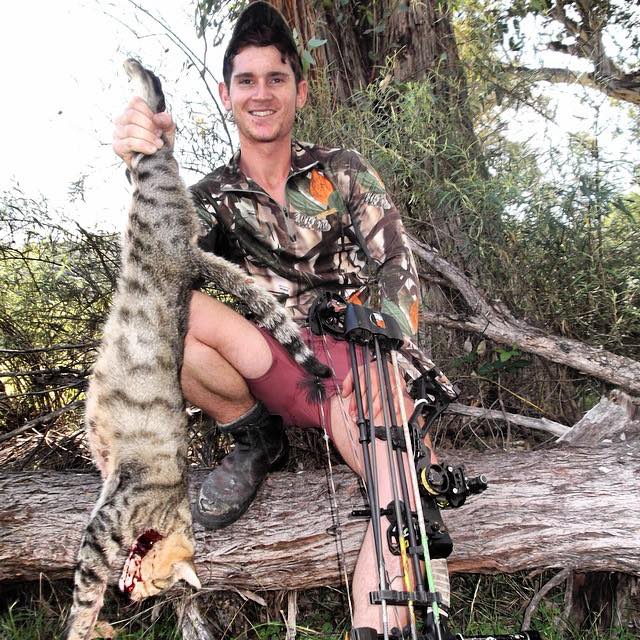 Photo from Empty Cages Worldwide, Facebook
Photo from Empty Cages Worldwide, Facebook
Some areas in Australia are even offering bounties of AUD$10 per feral cat scalp.
Feral cats are not the same as pet and stray cats
You might imagine the cats as cute, cuddly creatures, but there is a distinct difference between feral cats and stray cats.
Compared to the average stray cat residing at void decks, usually affectionate and living off generous handouts by cat feeders, the way that feral cats interact with humans are highly dissimilar.
Feral cats are not socialised to humans, as compared to pet or stray cats.
They have had little to no human contact, and are generally fearful of humans, surviving on their own in the outdoors.
Because of this behaviour, adult feral cats cannot be adopted.
Expert says culling used to 'distract' from other environmental issues
Other than criticisms targeting the "cruelty" of the culling, others have mentioned that widespread slaughtering of feral cats might not solve the issue of threatened wildlife.
Merely killing random cats will not make an impact if the cats were not previously living in areas inhabited by threatened wildlife.
Tim Doherty, conservation ecologist at Deakin University Australia, admitted to CNN that while feral cats are a major problem, the government might be using them as a "distraction", instead of focusing on other more pertinent, "politically-sensitive" environmental issues such as logging, urban expansion and mining.
Others have questioned why the trap-neuter-release method is not utilised in place of culling.
In a FAQ, the Australian government defended their strategy by stating that this method, which normally involves authorities capturing cats, individually neutering them to prevent them from reproducing, and then releasing the creatures, is simply not feasible due to the large quantity of feral cats and their wide distribution across the country.
Additionally, neutered cats released back into the wild will still continue to kill.
Ultimately, Gregory Andrews, national commissioner of threatened species said that it was a matter of priorities:
"We are not culling cats for the sake of it, we are not doing so because we hate cats. We have got to make choices to save animals that we love, and who define us as a nation."
Top photo from Threatened Species Commissioner and Sporting Shooters Association Of Australia WA Inc, Facebook
If you like what you read, follow us on Facebook, Instagram, Twitter and Telegram to get the latest updates.
